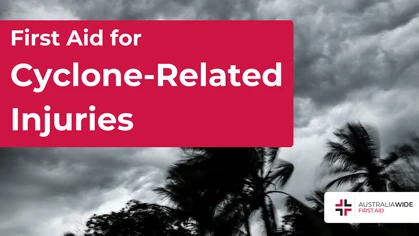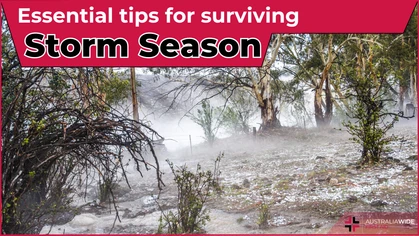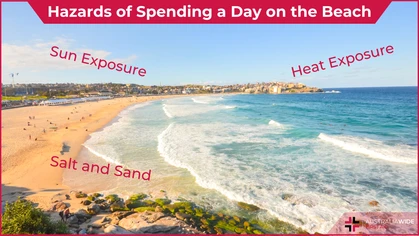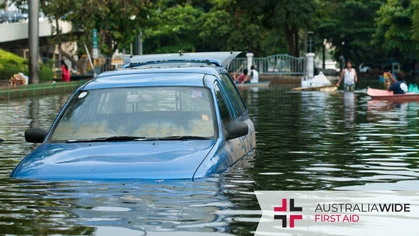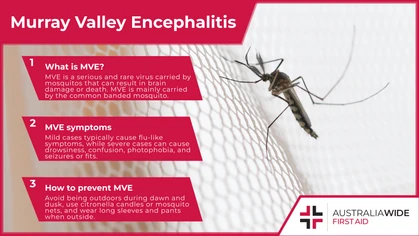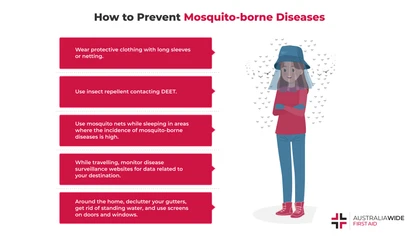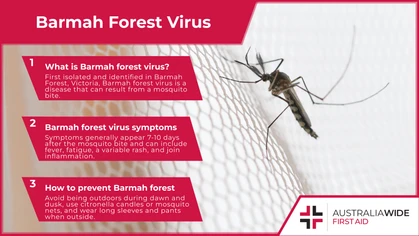How to Prepare Your Home for a Bushfire

Seasonal Concerns
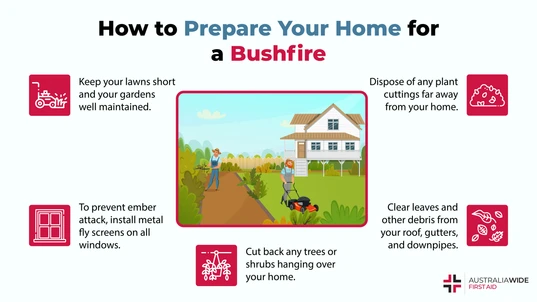
Studies show that, in Australia, the 2019-2020 bushfires killed at least 33 people and over 3 billion animals. Bushfires are deadly serious, and it is vital that you safeguard your home against bushfire threats. (Photo credit: Queensland Fire and Emergency Service/ABC)
Regardless of whether you plan to leave early or to stay and defend your home in the event of a bushfire, it is important that your home is prepared against bushfire threats. Preparing your home against bushfire threats not only helps protect your own safety, it helps protect the safety of your family, your neighbours, and the responding firefighters. If you plan on leaving early, preparing your home in advance will give it a greater chance of surviving flames and floating embers. Meanwhile, if you plan on staying and defending your home, preparing your home in advance will make your job less burdensome. Taking proactive measures to prepare your home for a bushfire will also lessen the risk of your neighbours' homes catching on fire, as fires can quickly jump from one house to the next if allowed to burn. In some cases, a fire can threaten suddenly and impede your departure. In these cases, you may need to take shelter in your home, and it will lend greater protection if it is adequately prepared.
Intense ember can attack your home up to 30 minutes before the bushfire front arrives, and can persist for up to 8 hours. It is important to have your home aptly prepared against ember attacks, as they account for most homes destroyed by bushfires.
Ways to Prepare your Home for Bushfire Season
- Make sure that any overhanging trees and shrubs are cut back from your home, and that any cuttings are not disposed of near your home.
- Opt for trees and shrubs that have a low oil content and are less likely to ignite.
- Replace any missing or damaged tiles on your roof.
- Clear any leaves and other debris from your roof, gutters, and downpipes.
- Fit your gutters with metal leaf guards and a fire sprinkler system.
- Consider installing a Static Water Supply (SWS) sign at the entrance of your property if you have a water tank, dam, or swimming pool. This will let firefighters know where they can source water.
- Seal any areas where embers can enter your home. This includes gaps underneath your home, and around windows, doors, and external walls.
- Keep wood piles, garden mulch, and other combustible materials well away from your home. This includes outdoor furniture and floor mats. You might like to consider using stones instead of mulch, and metal fences instead of wooden fences.
- Keep your lawns short and your gardens well maintained. Also make sure to move garden beds away from your home.
- Install metal fly screens on all windows and vents.
- Make sure that your hose is sturdy and long enough to reach every part of your home. Also make sure that you have a reliable source of water, such as a pool or tank, and a diesel or petrol pump available.
- Position gas cylinders at the side of your home, away from trees and gardens. Also make sure that any pressure relief valves are facing away from your home.
- Make sure that you have sufficient and up-to-date levels of home and contents insurance.
Other Resources
Want to learn more about how to manage bushfires from a first aid perspective, head to our Resource Library now.
Originally published at
https://www.australiawidefirstaid.com.au/resources/prepare-home-bushfire
as part of the Australia Wide First Aid Articles Library
